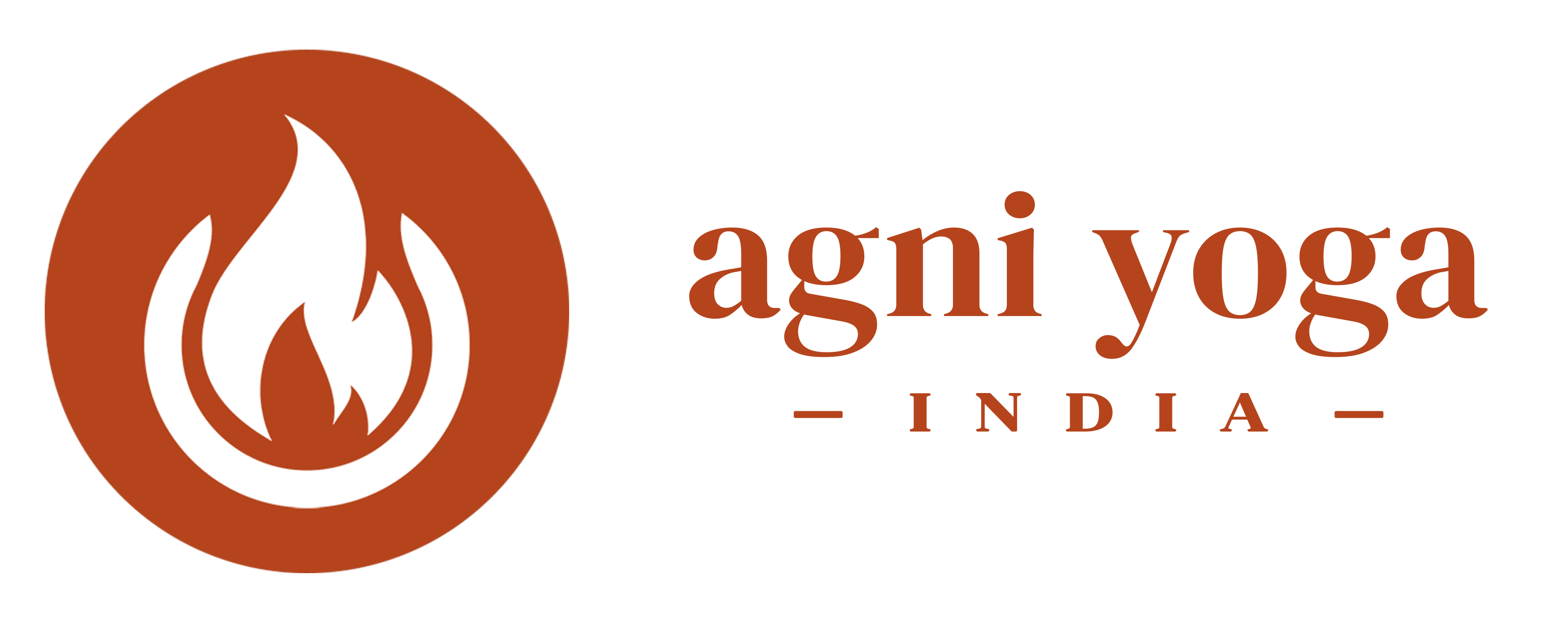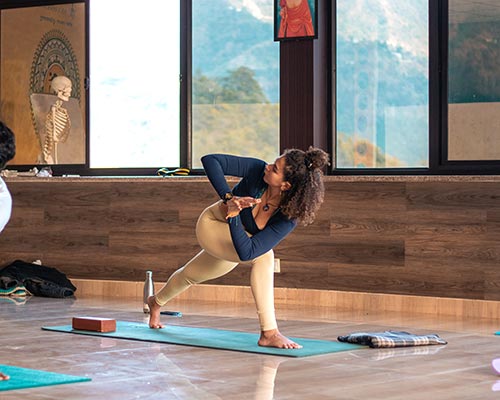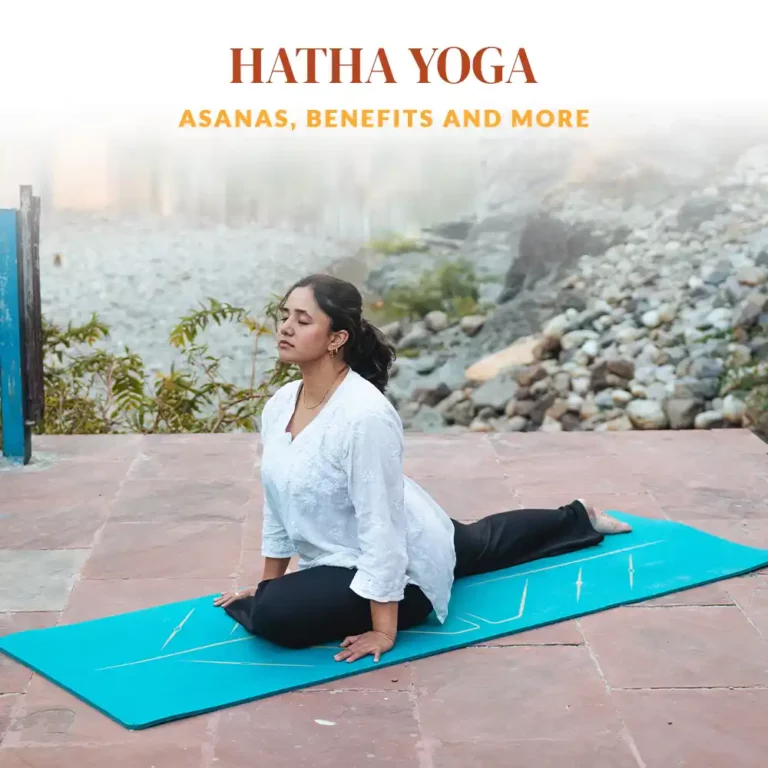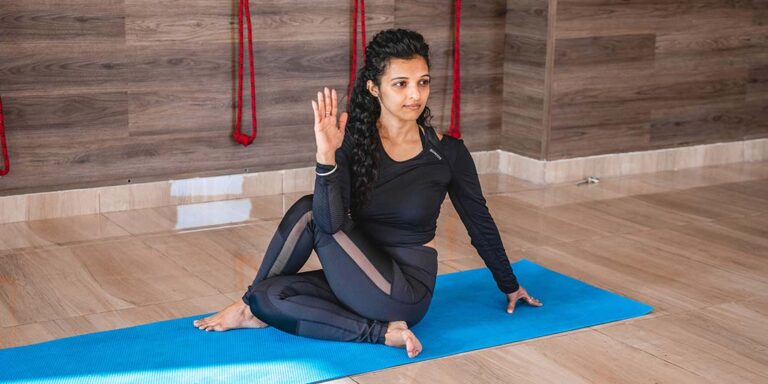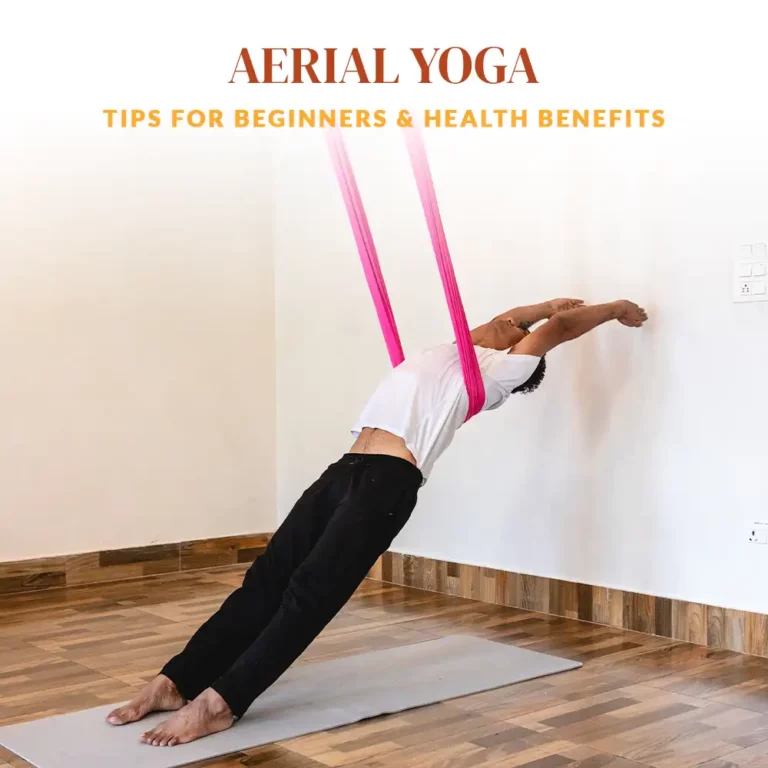Vinyasa Yoga: Best Poses, Benefits, How to Do for Strength, Balance & Energy
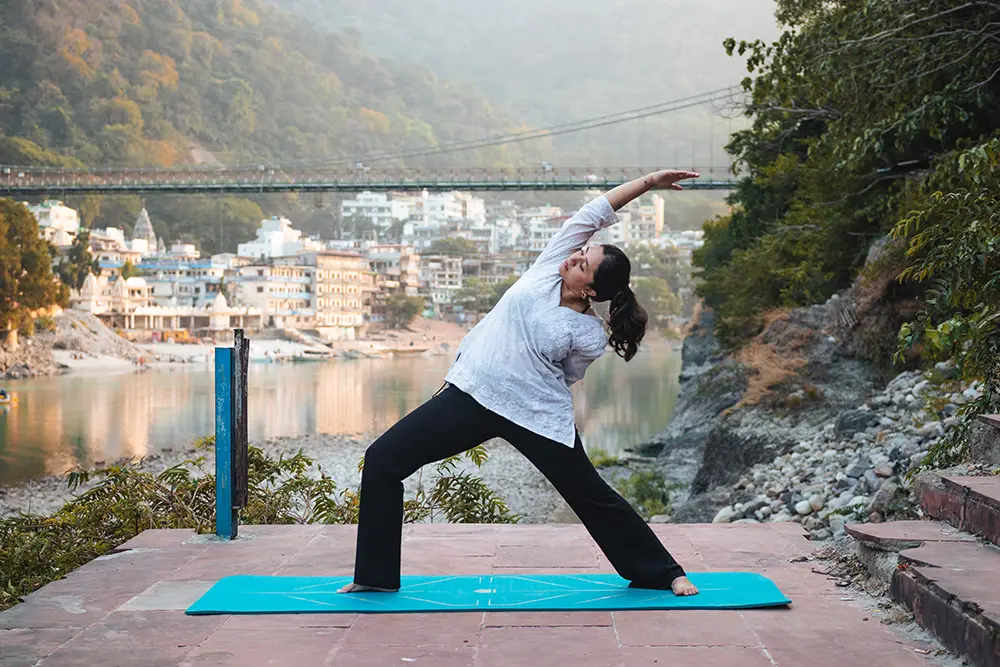
Introduction to Vinyasa Yoga
Vinyasa Yoga is a dynamic and flowing style of yoga that synchronizes movement with breath, creating a seamless sequence of poses. This style of practice offers a dynamic and holistic approach to yoga practice, combining physical movement with breath awareness to cultivate strength, flexibility, and mindfulness.
Vinyasa yoga provides a versatile and enriching practice for practitioners of all levels. Whether you’re drawn to its physical benefits, its meditative qualities, or its creative sequencing.

Core Principles of Vinyasa Yoga
The hallmark of Vinyasa Yoga is its emphasis on linking breath with movement. Each movement is coordinated with either an inhalation or exhalation, creating a continuous flow.
- Smooth transitions: Poses flow smoothly from one to another in a sequence, often with a focus on transitioning gracefully between postures.
- Creative sequencing: Vinyasa classes vary widely in terms of sequences and poses. Teachers have the flexibility to design sequences that suit different levels of practitioners and class themes.
- Focus on alignment: While maintaining fluidity, Vinyasa yoga also emphasizes proper alignment in each pose to ensure safety and effectiveness.
- Dynamic and Energetic: Classes can range from gentle and meditative to vigorous and physically challenging, depending on the teacher’s style and the level of the class.
The Benefits of Vinyasa Yoga
- Improves Flexibility and Strength: The continuous movement and varied poses in Vinyasa yoga helps improve flexibility, strength, and endurance.
- Cardiovascular Health: The faster pace and continuous flow can elevate heart rate, providing cardiovascular benefits similar to aerobic exercise.
- Mind-Body Connection: Syncing breath with movement enhances mindfulness and concentration, promoting a sense of calm and focus.
- Stress reduction: The Rhythmic flow and focus on breath can help reduce stress and anxiety, promoting relaxation and mental clarity.
- Creativity and Expression: Vinyasa yoga encourages creativity in sequencing and personal expression in practice, making it a deeply personal and evolving experience.

Key Vinyasa Yoga Poses and Sequences
- Surya Namaskar (Sun Salutations): A series of poses that flow together to create a full-body workout and warm-up.
- Virabhadrasana (Warrior Pose): Poses that strengthen the legs, core, and arms while improving balance and stability.
- Urdhva Mukha Svanasana (upward-facing dog): Poses that open the chest and stretch the front of the body, promoting flexibility and spinal health.
- Tadasana (Tress pose): Poses that improve balance, concentration, and focus.
- Inversions and Arm balances: Advanced poses that build strength, confidence, and body awareness.
To practice Vinyasa yoga remember to listen to your body. Honor your body’s limits and modify poses as needed. Keep the focus on your breath and the sensations in your body to maintain mindfulness throughout the practice.
Vinyasa yoga can be physically demanding, so drink water before and after your practice. If you are new to yoga, a certified Vinyasa yoga teacher can guide you through proper alignment and sequencing.

Integrating Vinyanasa Yoga into Your Daily Routine
Integrating Vinyasa yoga into your daily routine can be a rewarding way to maintain physical fitness, mental clarity, and overall well-being.
- Set a regular practice time: select a time of day that works for you, whether it’s early morning to start your day with energy, during a lunch break for a mid-day refresh, or in the evening to wind down.
- Aim to practice Vinyasa yoga at the same time each day to establish a routine. Consistency helps in forming habits and ensures you prioritize your practice.
- Set aside a quiet and clutter-free space in your home where you can comfortably practice Vinyasa Yoga. Clear the space of distractions and make it inviting with a yoga mat, cushions, and any props you might need.
- Enhance the atmosphere with soft lighting, calming music, or essential oils to create a soothing environment conducive to your practice.
- Be kind to yourself in your practice. Some days of practice may feel more challenging than others. Embrace each session as an opportunity for growth, and self-discovery, without judgment.
By integrating Vinyasa Yoga into your daily routine with mindfulness and commitment, you can experience the physical benefits of increased strength and flexibility, the mental benefits of reduced stress and enhanced focus, and the emotional benefits of self-awareness and inner peace. Adjust your practice as needed to fit your lifestyle and enjoy the journey of personal growth through yoga.
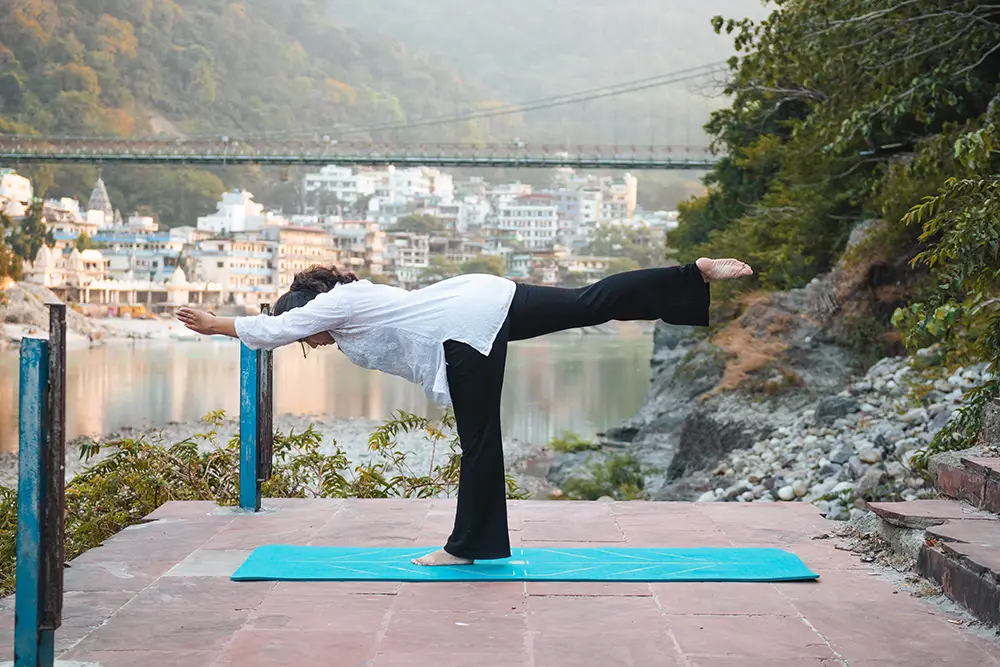
Overcoming Common Challenges in Vinyasa Yoga
Overcoming common challenges in Vinyasa yoga involves addressing both physical and mental aspects. Vinyasa yoga often requires strength and flexibility, which can be challenging for beginners. Consistent practice gradually builds strength and flexibility, whereas the use of props or variations of poses can slowly build confidence in a person.
Vinyasa yoga requires an individual to listen to the sound of their breath while moving from one pose to another to maintain a steady rhythm. Incorporate specific breathing exercises outside of yoga class to improve breath control.
The next challenge arises in balancing postures during the practice of Vinyasa Yoga, for that, one can fix their gaze on one point and always pull up the navel to stabilize the core. The secret to a long-lasting balancing posture is an understanding of core engagement during all the postures.
Conclusion
Vinyasa yoga offers a dynamic and transformative practice that combines movement with breath, fostering both physical strength and mental clarity. As you progress in your journey, you’ll encounter challenges that test your flexibility, strength, balance, and mindfulness.
Start with gentle movements to prepare your body for deeper stretches and poses. Use online resources, apps, or books to find beginner to intermediate vinyasa sequences that one can follow. Remember to always listen to your body and find variations of postures so you can be mindful about your practice.
Begin your journey with Vinyasa yoga today. Dedicate a few minutes each day to practice at home, honoring your body’s needs and gradually pushing your boundaries. Embrace the challenges as opportunities for growth and transformation. Whether you’re a beginner or a seasoned practitioner, remember that every breath and every pose is a step toward greater well-being and self-discovery. Start your practice now and embark on a path of physical vitality and inner peace through Vinyasa yoga
